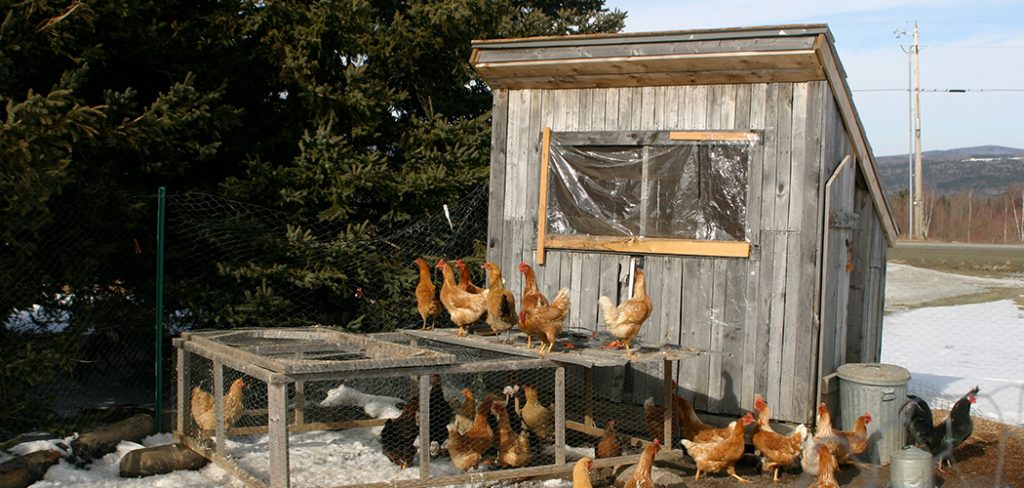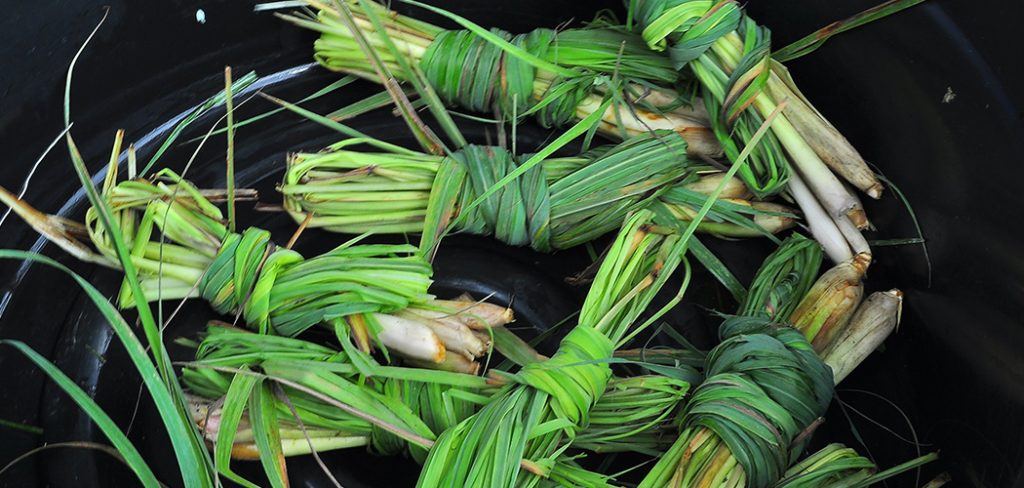Parsley is an “every mom’s” favorite herb. Not only that, but it can also easily be grown by anyone. It is a biennial herb. No, ‘biennial’ is not the name of an alien race. Where’s your mind at? It just means that it only lives for two years. Sad, isn’t it? Usually, the flowering takes place in the second year but, if provided with the right temperature, can also be triggered in the first year. But we’re not that concerned about the flowers. We just want to know how to get maximum benefits from the herb.
Regular pruning of parsley increases the yield and makes the plant more manageable. It also helps the plant to keep producing quality parsley year-long–something that we’re interested in. Pruning is often associated with “NASA” and Rocket Science”. I’m here to break all the myths and to bring pruning back to the realm of “common people”. ‘How to prune parsley’ has never been addressed this comprehensively–I can assure you that much!
Essential Tips to Prune Parsley
Clean the Shears
Clean shears are critical to the success of the pruning mission. To make sure that your shears are clean and free from infectious elements, place your pruning shears or scissors in a sanitizing solution for 15 minutes.
Also, make sure that your shears are sharp. Clean cuts will also reduce the likelihood of disease infestation.
When Should Parsley be Pruned?
Young and tinder parsley can be captivating and you may feel inclined towards cutting or harvesting it, but wait! You need to know ‘when should parsley be pruned?’.
It is generally agreed upon that parsley should not be trimmed before it becomes 6 inches tall. However, some experts suggest that it should only be pruned after it has grown 3 or 4 sets of leaves.
Once your parsley satisfies either or both of the requirements, you can prune your parsley throughout the season.
If you’re harvesting your parsley regularly, then in most cases, you’d be fine for the season–though end-of-season pruning will still be needed.
But if you’re anything like me, then you’d probably be eating McDonald’s most of the time. To ensure that your parsley doesn’t become unruly, and lives its due time, you need to learn how to prune parsley.
4 Tips for Effective Pruning:
Deadheading the Flowers:
Flowers are a sign of abundance and happiness–not in the case of parsley. Flowers of parsley mark the end of the life cycle of the plant. However, don’t let yourself dwell on it for too long–you’ve got work to do!
Parsley’s seed pods are full of potential new parsley plants. While this prospect might be uplifting for you, parsley is a vigorous grower and will grow all over your place if you’re going to let it. So, it’s important that before those seed pods are launched in your garden, you get rid of the flowers. Since we don’t have much use for flowers anyway–sorry flowers, you should cut the flowers off before they have a chance of producing seed pods. That way, valuable energy of the plant will be directed towards the herb and you’ll have a flavorful herb to harvest–one last time!
Removing Spotted and Damaged Leaves:
Damaged and spotted leaves should be cut during the growing season. It’s better to cut the leaves whenever you have a chance as they may be carrying infections which can spread quickly in the plant.
Remove Long Stems:
Remove the stems which have grown longer than 8 inches and are yellowish. These stem to block the sunlight from younger stems and aren’t useful for us either. The younger new growth of parsley comes from the center which is shaded by the outer stems. So pruning these long stems helps the growth of younger parsley stems.
Don’t cut these stems to the ground. Leave 1 inch from the ground for the new growth to emerge.
Harvest: How to Trim Parsley for Cooking?
Parsley is harvested throughout the growing season. This keeps the plant young and bushier.
Many people are extra cautious when it comes to harvesting and cutting their plants. But I don’t like it when there are a lot of “rules” to follow and neither should you. I just want to go out and snap a few leaves for my dish and be done with it. Lucky for us, parsley doesn’t mind this kind of approach. It grows so fast that in a few weeks, it would be difficult for you to point out which stem was harvested.
How to trim parsley for cooking? Trim it however you like. Just be sure to leave a few inches off the ground. Also, it is better to start from the outer leaves and stems. These stems have already had their share of sunlight–it’s time to let the inner stems taste the brightly glowing sun. This will encourage the inner branches to grow more of the flavorful herb and be ready for their turn to satisfy your taste buds.
How to Deal with Overgrown Parsley?
Herbs are grown to be cut and used. If left on their own, they can turn into a woody mess real quick. Part of the reason for parsley’s bushy look is the regular cutting of the herb. If parsley was left on its own, it would also turn leggy.
What if it has already turned leggy? What should you do with your overgrown parsley?
If the plant has already bloomed then you should give up on your plant. It’s too late! No need to despair though as parsley grows rapidly. Just cut the whole pant to the ground and start again. Only this time, take care of your plant before it turns droopy.
If it hasn’t bloomed yet, then try to cut back parsley to a few inches and water it properly–often the droopy look of the plant can be due to dry soil and high temperature.
Conclusions:
Parsley is a resilient herb and can be cut aggressively. Light pruning from the top might work for other plants but for parsley, it’s not an option. Keep in mind that parsley is a biennial herb–it will only grow for two years so even if something goes wrong during the end of the season pruning, you can always start from scratch. Most people plant new parsley every year.
Parsley is easy to grow and easy to maintain. It doesn’t have any specific water and sunlight requirements and can withstand the shortage of both. This makes it an ideal herb to grow.
There you have it–a comprehensive guide on ‘how to prune parsley’. Follow these tips to have a strong parsley plant that would continue to produce flavorful parsley throughout the season.

